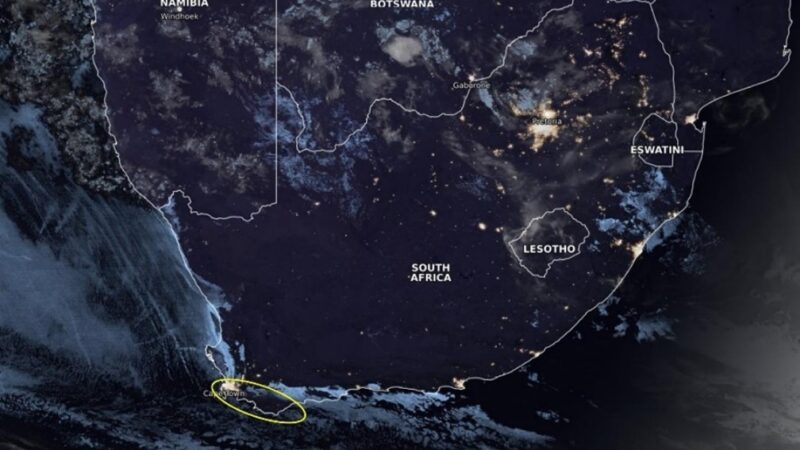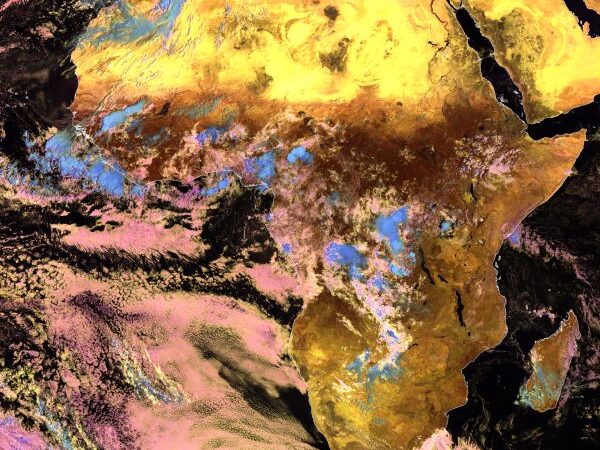Detecting Clear Air Turbulence: South African Case Study

Turbulence is a major concern for the aviation industry. It often goes undetected in cloud-free areas, catching pilots off guard when they fly into it. Turbulence can injure passengers and crew, and cause structural damage to aircraft. This makes it critical for aviation weather forecasters to closely monitor the atmosphere for signs of turbulence and issue special warnings when it is likely to be present. This lesson helps prepare forecasters for these tasks by providing general information about turbulence and showing them how to detect it using satellite imagery, tephigrams, and NWP products. The latter is presented in the form of a case study in which learners assume the role of aviation forecaster at Cape Town International Airport (South Africa), and need to determine if turbulence is likely to be present along a particular flight path. The lesson is intended for aviation weather forecasters, general weather forecasters interested in aviation meteorology, and meteorological instructors and students. Note that the lesson is one of three aviation weather case studies developed by the ASMET team to improve aviation forecasting in Africa.
Go to module.




